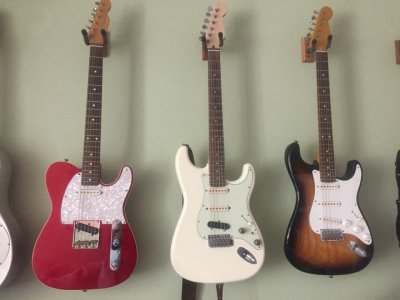12s are the sweet spot for me on Gibson scale in Standard tuning, or on Fender Jaguars, Duo-Sonics, etc. Makes sense that they'd be good in D for most people.
I learned on 15–58 rounds with a plain G on a Strat (standard tuning), and played nothing but that for about 12 years. I don't consider them "hard." They are just well suited to certain styles of music, and not to others.
13s with a wound G were considered the standard professional level string set well into the '60s. 12s were "mediums" and 11s were "lights" – kid/student strings – the same way most people would think of 8s today. Anything lower was unheard of...until people started making 10s themselves out of a set of 13s minus the low E, plus a .010" banjo string for the high E. And most of the time they were flatwound strings. Flats, being more massive than rounds, reach a higher tension when tuned to the same note. So not only were the strings stiffer because they were thicker, but also because they were flatwound...AND had a wound G. Thus the standard pro string set of the '50s and '60s was really not much different in tension than what I learned on, and played all those years as a kid and teenager.
FWIW, until '66 or so, it was flatwound 12s that came on Fenders from the factory...and after that, it was roundwound 12s, well into the '70s, at least.
This is why Ernie Balls were called "Slinkys." They were the first to sell pre-packaged super light strings (10s).

